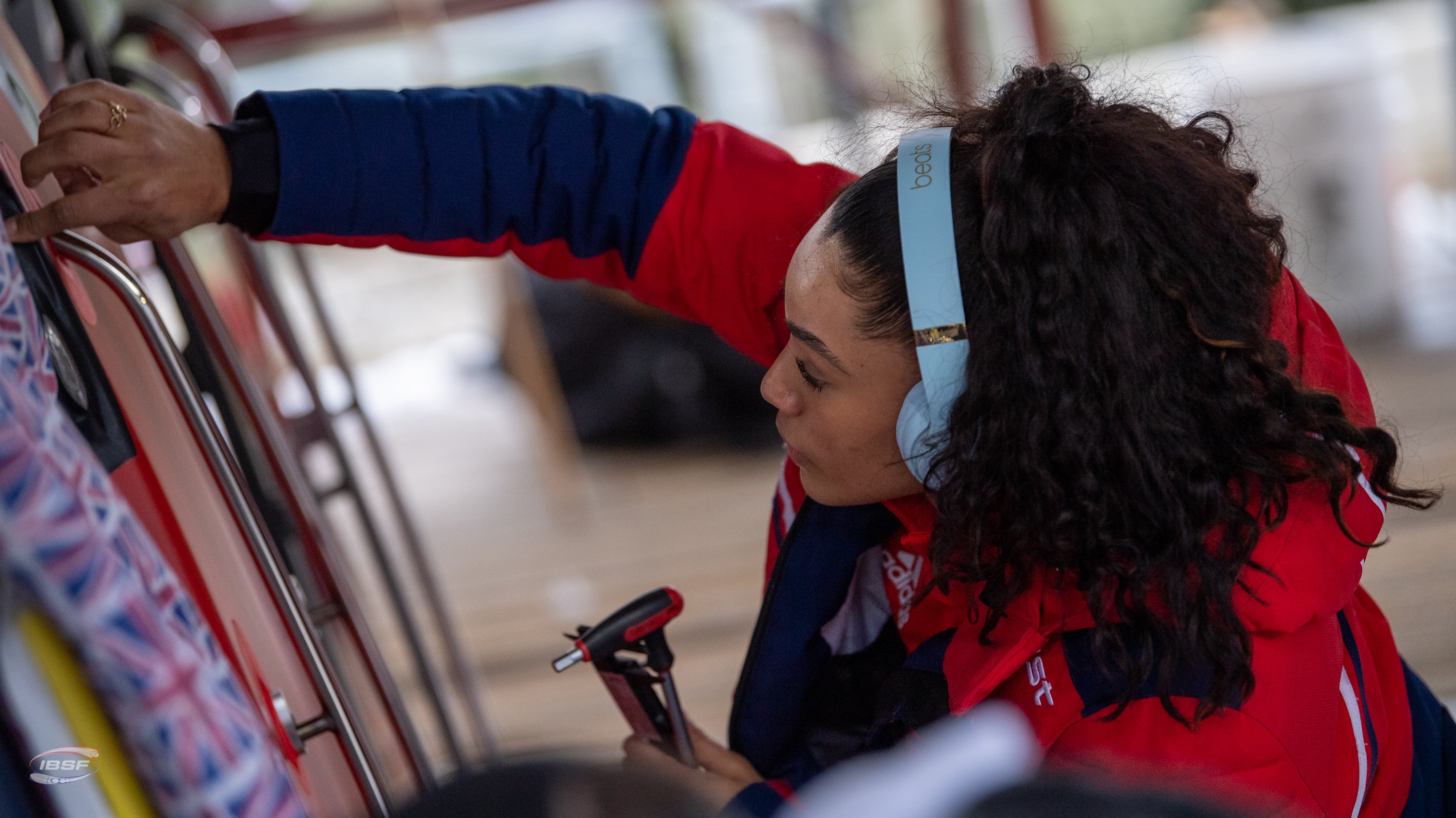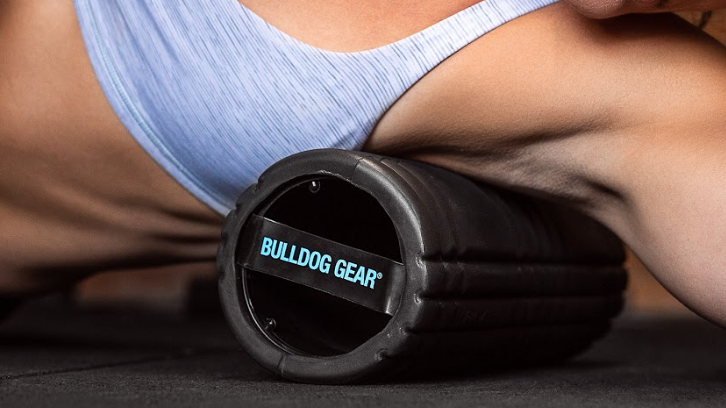We invited Rhoddy Davies to tell us about the Strongman Sandbag and why he believes it to be such a crucial tool...
Let me ask you a question. How many people can power clean a 100kg barbell? How many of those same people can shoulder a 100kg sandbag?
The answer mostly likely, is not many.
I remember the time I got my first sandbag. I confidently filled it to 80kg and immediately tried to lift it. As soon I tried to deadlift that sandbag, I knew instantly it wasn’t going to my shoulder. It kicked my butt and it took many attempts before eventually going up. This is where my love of odd object training began, and I knew it was going to be a game changer.
Let me introduce myself - my name is Rhoddy Davies and I am part of the CrossFit Strongman Seminar staff.
For those who follow me on social media, know I love the simplicity of odd object lifting. This style of lifting is in built into our DNA. I use a sandbag in my training more than a barbell and have an infatuation for good old grunt work.

I learnt very early on that odd object training illustrates real life more than a traditional barbell. Where a barbell has been designed specifically for lifting, with its 28mm diameter and well-constructed knurling, a sandbag is just a dynamically moving awkward object. For me, a barbell doesn’t translate to real life, as well as odd object lifting. This is where a sandbag comes into play – the “real life barbell”. Let’s take a simple day where we might be food shopping; we could be carrying shopping bags in one hand and a bag of dog food on our shoulder. What type of lifting will help you more - A barbell or a sandbag?
“The dynamic and unpredictable resistance provided by sandbags forces the body to continually adjust position to maintain stability during given functional movement patterns.”

Sandbag lifting is less technical than traditional lifting. This is a great plus point for inexperienced people who come into a gym/box. One of the major benefits of using a sandbag is posterior chain development – everyone knows that a strong posterior chain equals a strong person. It allows you to simultaneously integrate metabolic conditioning and strength training. The non-cooperative nature of sandbags makes it crucial to use every muscle possible to lift it.
A sandbag is portable and can be used anywhere, on any surface without causing damage or any major noise. I even took an empty sandbag on holiday. I filled it up each day on the beach, hit a full body workout, and then emptied it. No other piece of training equipment allows you to do that.

The fun aspect of sandbag lifting cannot be ignored. They offer a breath of fresh air to most people’s training programmes. Take a traditional lift like a squat, a sandbag makes the exercise as though you were performing it for the very first time.
So how do you incorporate a sandbag into your training? Pretty much anything you can do with a barbell, you can do with a sandbag. For one month, try substituting all your barbell work with a sandbag. After the month, go back to a barbell. Just see how much easier it will be compared to a sandbag.
Here are some exercises that can be done with a sandbag: -
- Overhead press
- Ground to shoulder
- Floor press
- Bear hug squats
- Shoulder squats
- Lunges
- Shoulder carries for distance
- Sandbag get-ups
- Zercher holds
If you are looking to start sandbag lifting, start with a simple ground to shoulder. Depending on the type of workout, strength or metabolic conditioning, I use different styles of lifting the sandbag.
For a strength workout, using a heavy sandbag, I use a 2-stage lift. I straddle the sandbag, and I make sure the centre of the sandbag is located by my ankle bones. Slowly deadlift the sandbag from the ground.
Slide feet towards the midline and pinch the knees together creating a shelf; bend at the knees and lower the sandbag into the lap. Re‐grip the sandbag and make sure the chest and abdomen are pulled tightly to the sandbag.
Extend the knees and hips rapidly, drive heels down, and roll the sandbag up the midsection towards the dominant shoulder while aggressively pulling the sandbag upwards with the arms.
Stand to full extension with the sandbag sitting on the shoulder to complete the movement.

With a lighter sandbag or where I need lift lots of reps, I use a one-timer. This is where I cut out the lap/re-grip stage and go straight from the floor to shoulder. The setup is different from the 2-stage lift, as you need to get your hips lower and the arms have a slight bend. With an aggressive extension of the hips and knees, the sandbag goes straight to the shoulder.
If you are up for a challenging sandbag workout. Try “Bags of Hell”.
20-minute Workout
5 x sandbag to shoulder @ 40kg
3 x sandbag to shoulder @ 65kg
1 x sandbag to shoulder @ 85kg
Tell me how your posterior chain and biceps feels after this!
If you don’t have a “real life barbell” as part of your training, I think it’s time you did.




Comments
Would love to know more about the sandbags quality, so many brands out there so it’s hard to choose the right one… you want a bag to last you a lifetime I guess
Well done uncle Rhod! You actually made it into a article! Proud of you. I could never do that with my hands! ;)
Fantastic article, follow your Instagram and your workouts are epic!
Love the bulldog products, but mine broke with doing over the shoulder sandbags!!
Well done Roddy,a great blog on an insane way to train.keep it going fella
Great article Rhoddy. That garage/driveway looks very familiar. Just got interested in Spartan racing and am definitely looking to buy a sandbag. In your description you said “dominant shoulder” but in training do you alternate shoulders or typically stay with the dominant side?